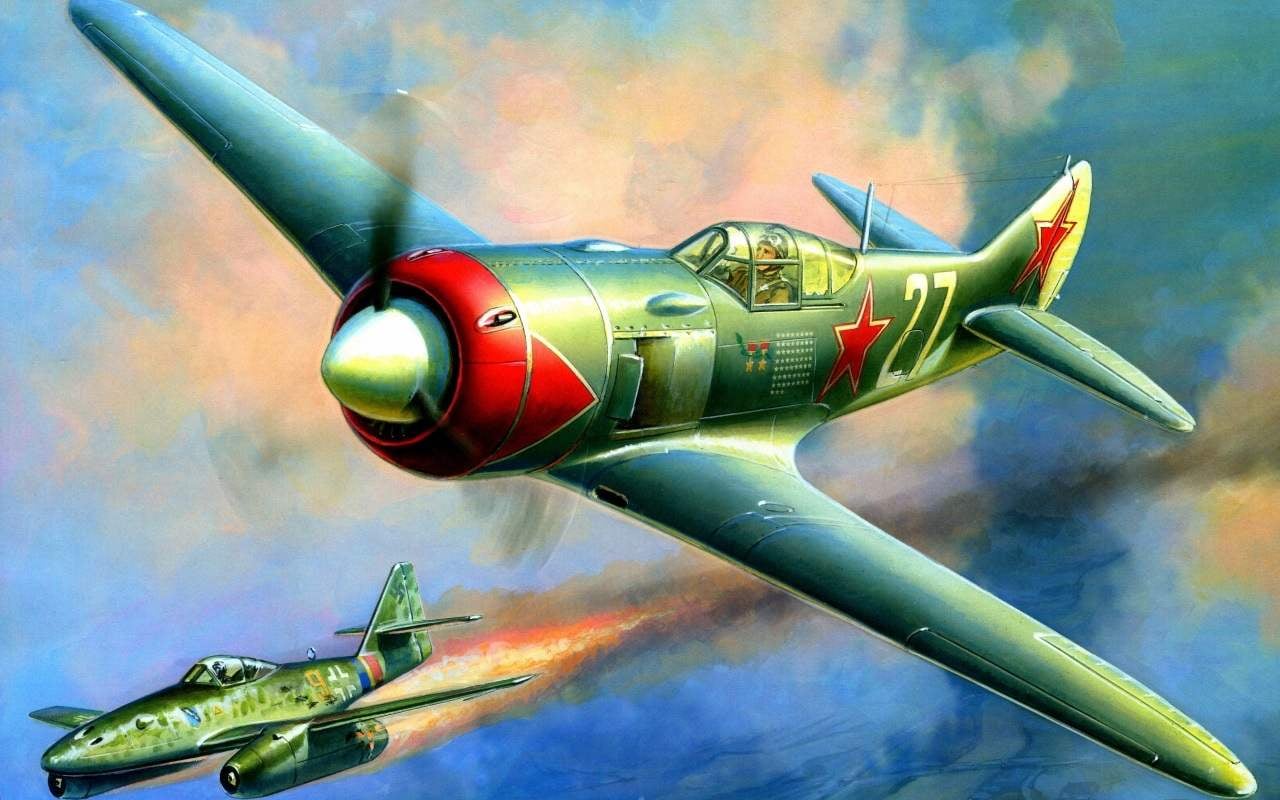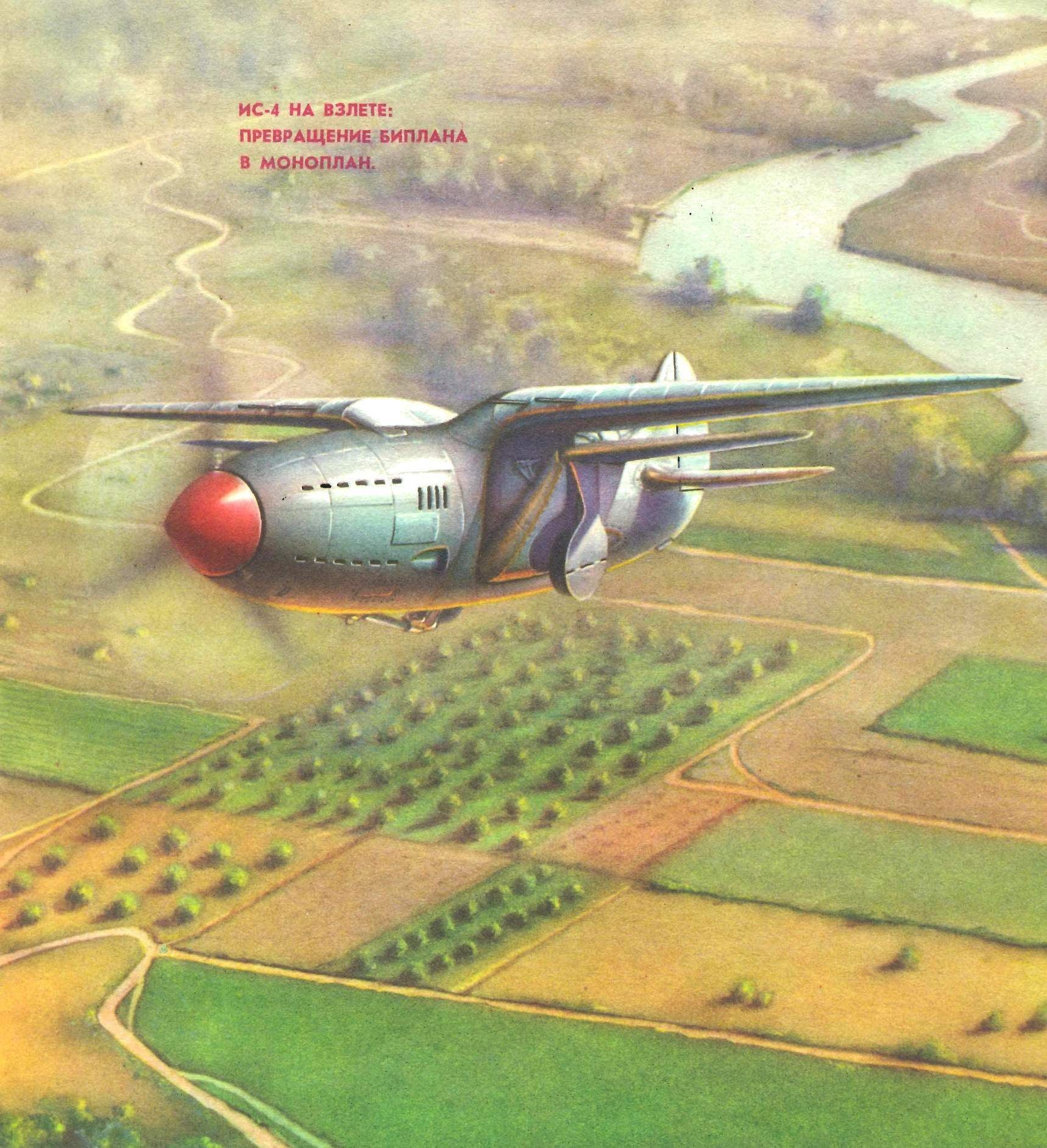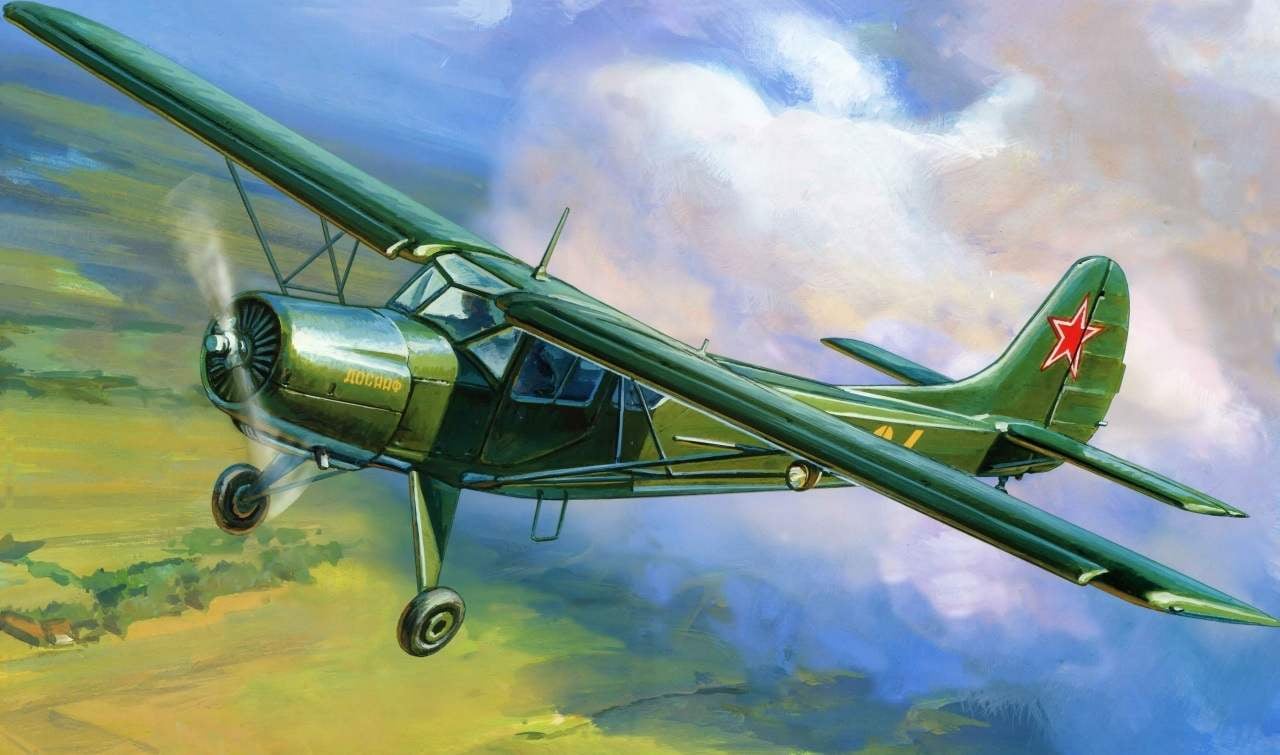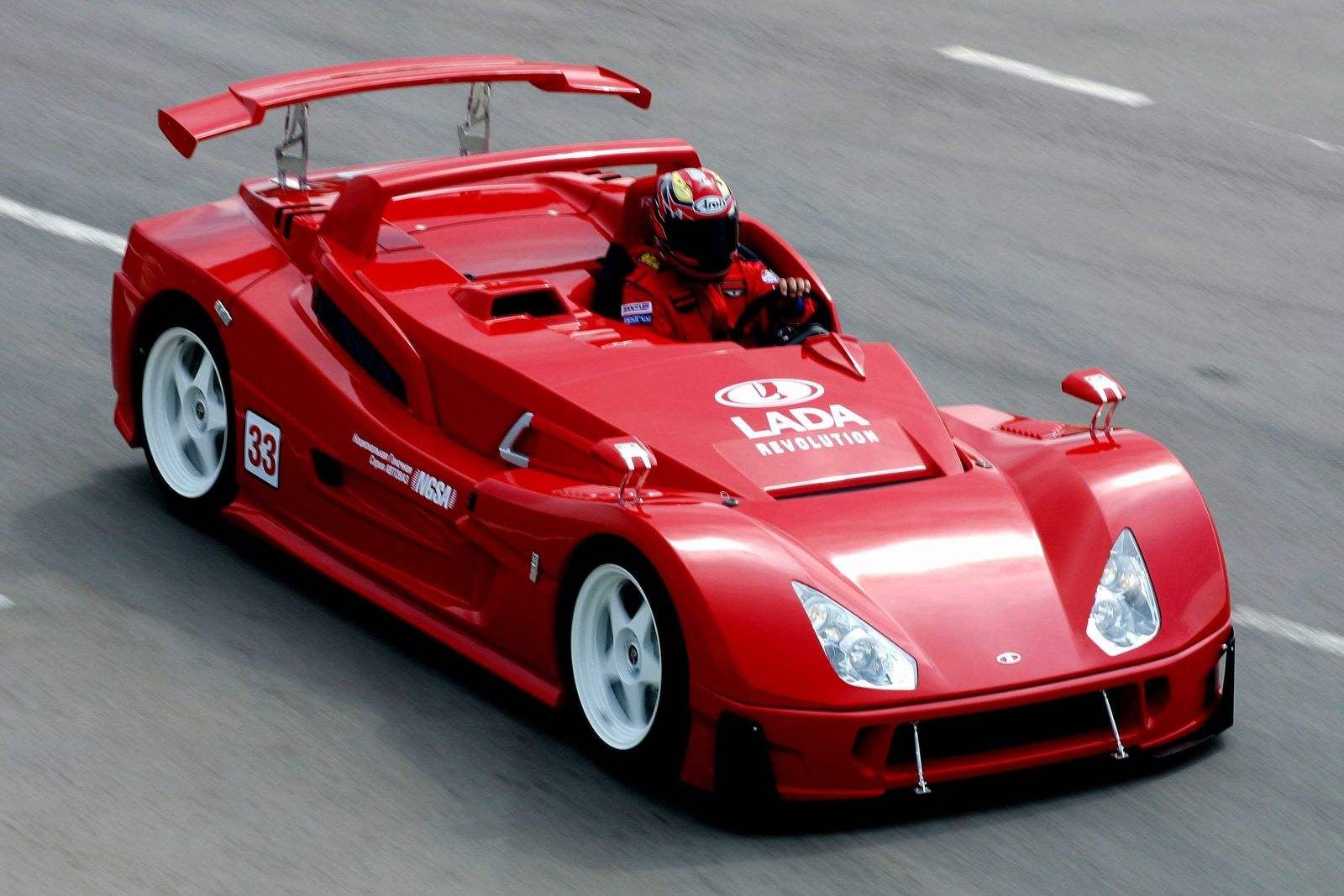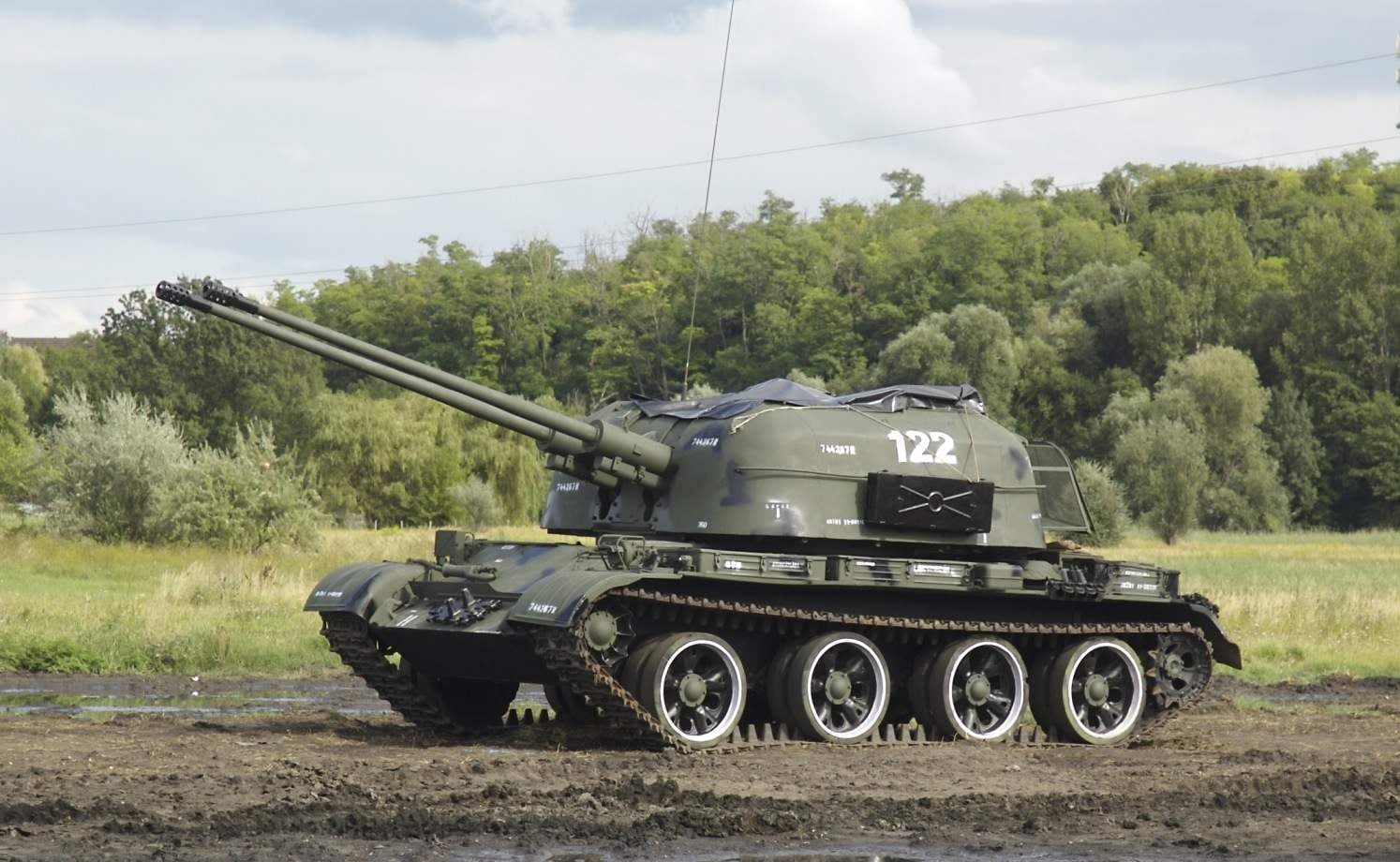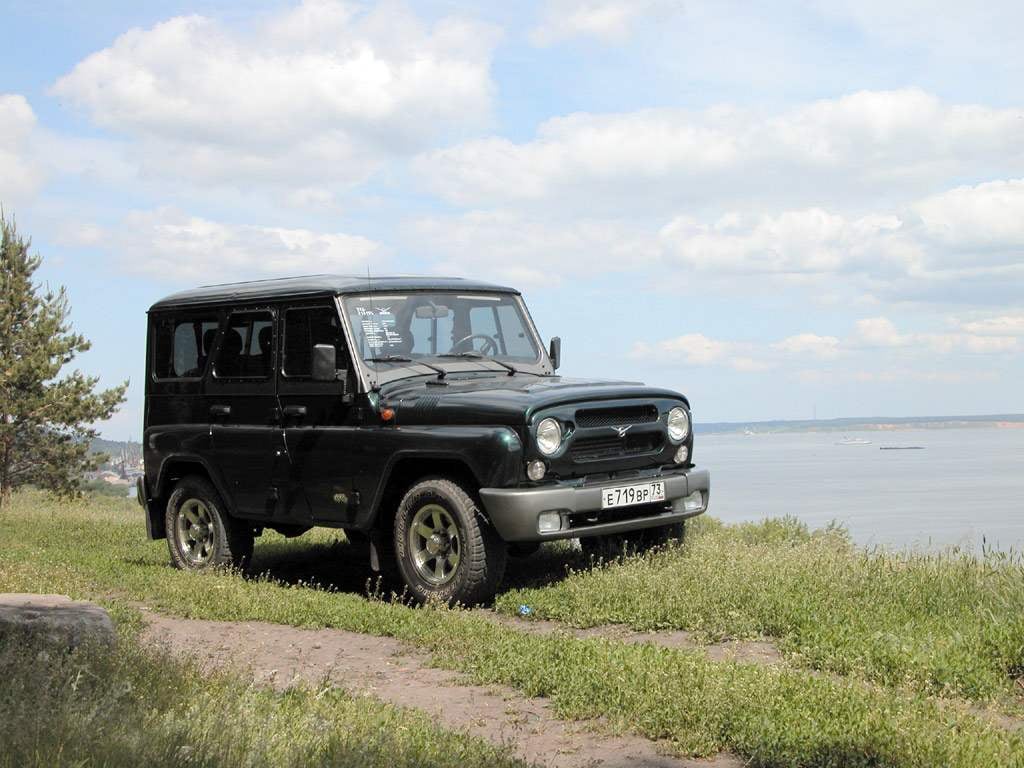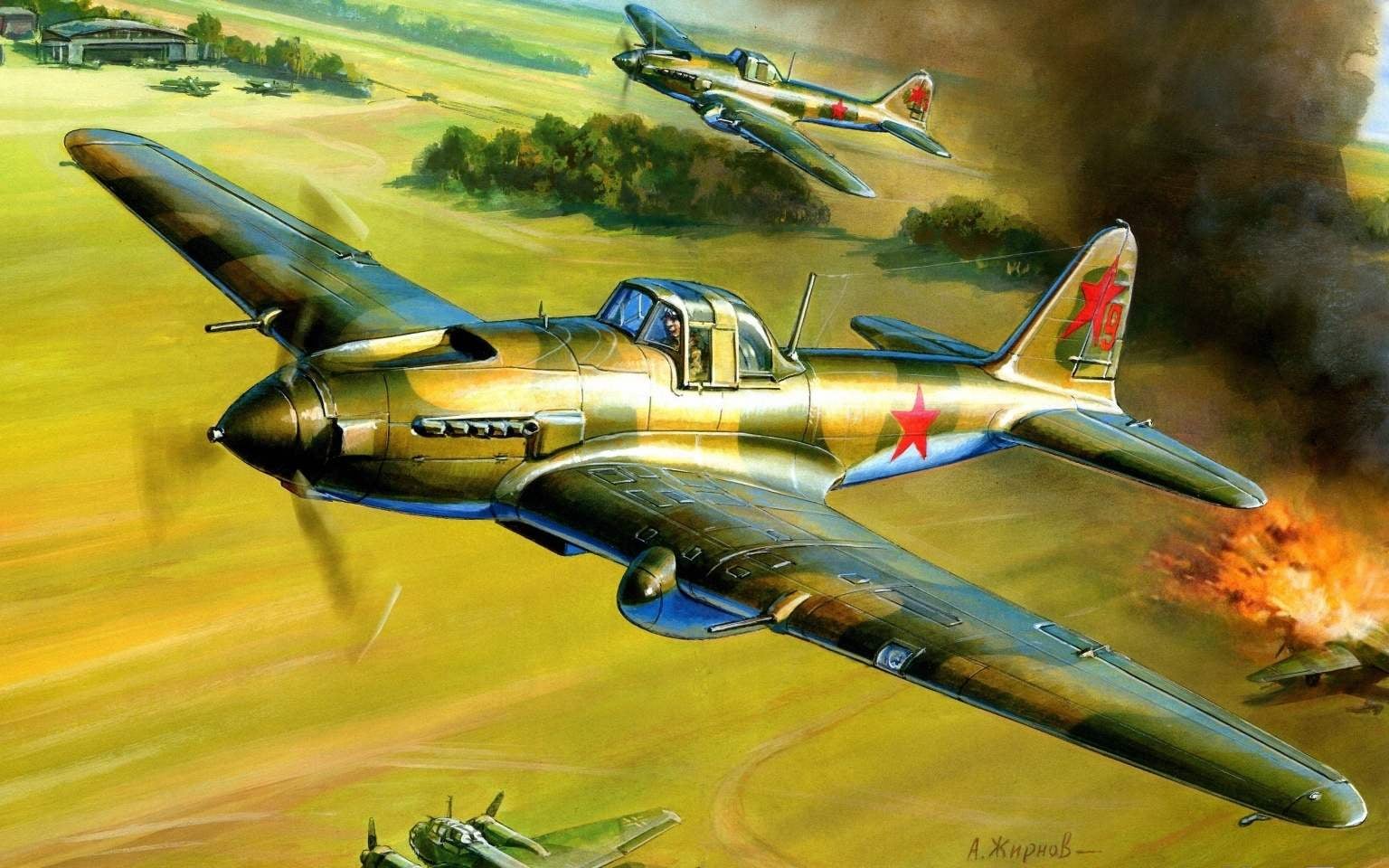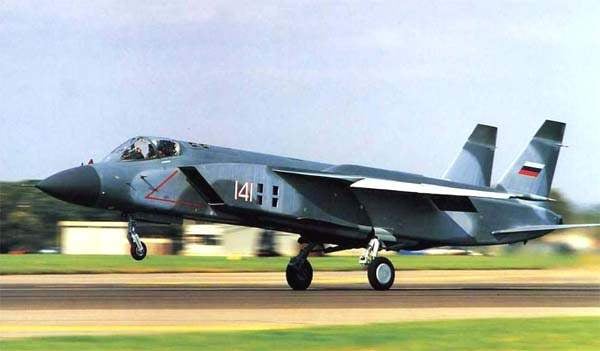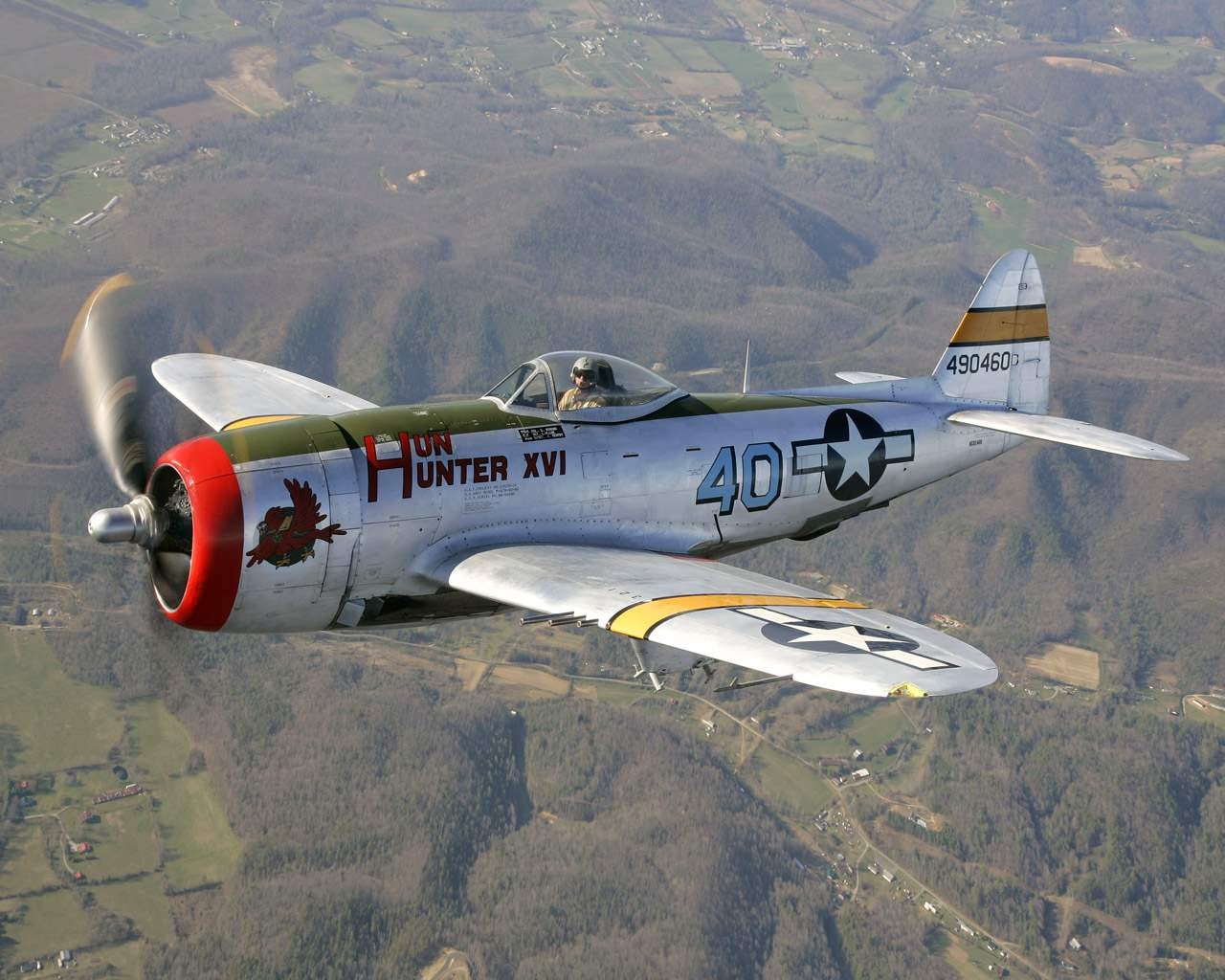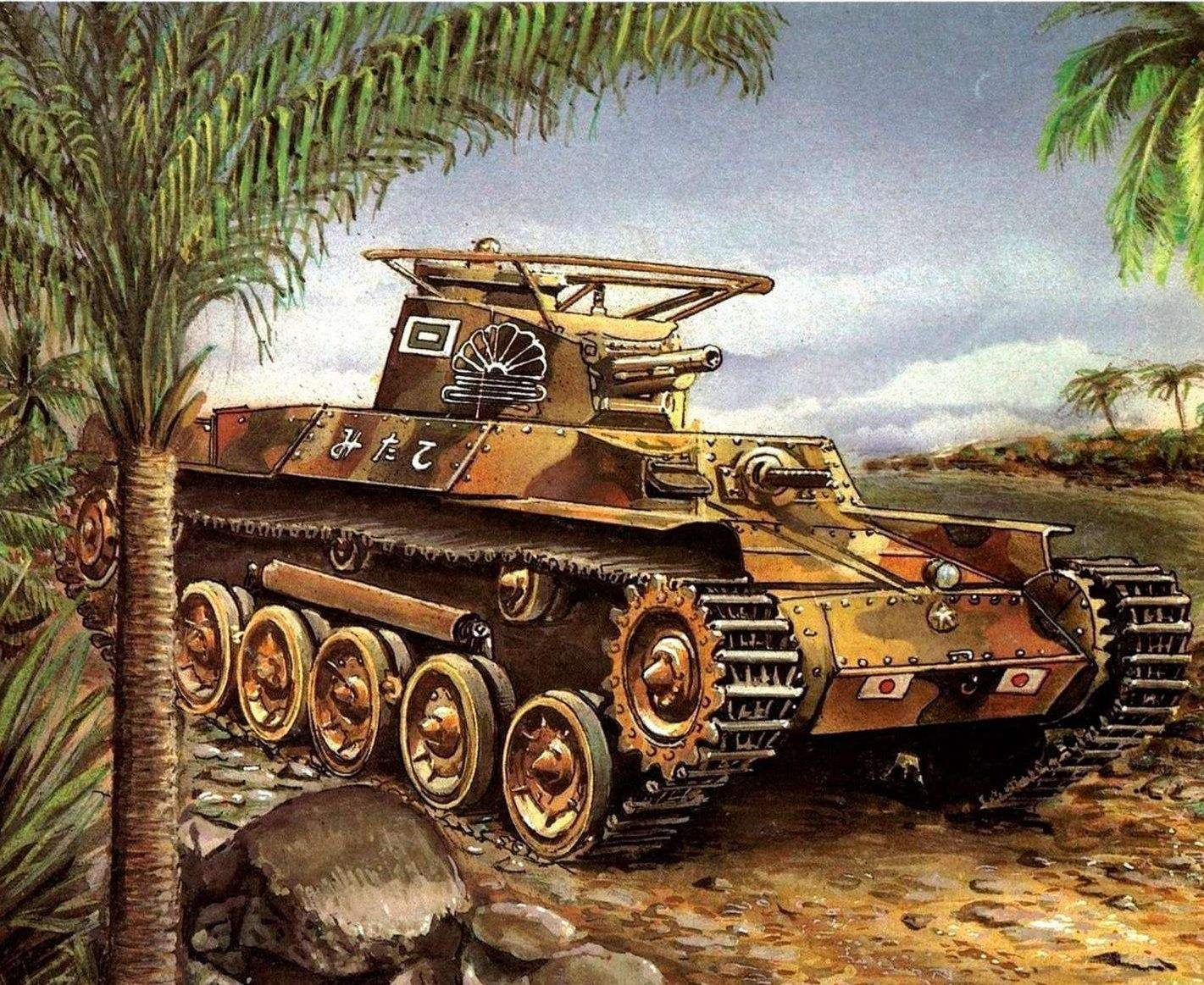 Baptism of fire fighter Lavochkin La-5 took place at Stalingrad, where the aircraft received from pilots. The machine is equipped with a 1700 HP engine M-82 had a top speed of about 600 km/h, has a high maneuverability and rate of climb. Aircraft repeatedly modernized, its last modification had a more powerful engine M-82FN power 1850 HP with direct fuel injection.
Baptism of fire fighter Lavochkin La-5 took place at Stalingrad, where the aircraft received from pilots. The machine is equipped with a 1700 HP engine M-82 had a top speed of about 600 km/h, has a high maneuverability and rate of climb. Aircraft repeatedly modernized, its last modification had a more powerful engine M-82FN power 1850 HP with direct fuel injection.
Collection
ONE IN TWO PEOPLE
 …He is the pilot to the bone. Telling, mechanically gestures: hands discharged turns, barrel rolls, combat turns. He knows the subtlest of the flight habits of many domestic and foreign aircraft — from the English “avrushka” to jet Il-28. But first and foremost he’s an engineer. And each episode of his eventful flight biographies “worked” on the development of a future designer. Although no exaggeration to say that the first steps in aviation, a graduate of the Bauman pilot athlete osoaviahima Vladimir Shevchenko, like his fellow flying club and Institute Sergei Korolev, once realized and formulated his design credo.
…He is the pilot to the bone. Telling, mechanically gestures: hands discharged turns, barrel rolls, combat turns. He knows the subtlest of the flight habits of many domestic and foreign aircraft — from the English “avrushka” to jet Il-28. But first and foremost he’s an engineer. And each episode of his eventful flight biographies “worked” on the development of a future designer. Although no exaggeration to say that the first steps in aviation, a graduate of the Bauman pilot athlete osoaviahima Vladimir Shevchenko, like his fellow flying club and Institute Sergei Korolev, once realized and formulated his design credo.WINGED JEEP
 The passenger plane the Yak-12. For many worldwide known aircraft designers and their teams, the road to big aviation began with the creation of a light aircraft. Often, these are the first born in the future were in the shadow of its more advanced winged fellows who have brought their creators glory. Creating successful machines have been inspired by their creators and gave them confidence in solving more complex technical problems, and the plane was often the first and last test of strength of the designer in this direction. One of the few prominent designers of our time, and throughout life remained faithful to the light aircraft was Alexander Yakovlev.
The passenger plane the Yak-12. For many worldwide known aircraft designers and their teams, the road to big aviation began with the creation of a light aircraft. Often, these are the first born in the future were in the shadow of its more advanced winged fellows who have brought their creators glory. Creating successful machines have been inspired by their creators and gave them confidence in solving more complex technical problems, and the plane was often the first and last test of strength of the designer in this direction. One of the few prominent designers of our time, and throughout life remained faithful to the light aircraft was Alexander Yakovlev.
LADA REVOLUTION
 This car was first shown at the Moscow international motor show in August 2003. Race car was the prototype of the new monoclass — National racing series AVTOVAZ, designed for circle racing machines of the same model, which virtually do not compete designers and engineers, and racers.
This car was first shown at the Moscow international motor show in August 2003. Race car was the prototype of the new monoclass — National racing series AVTOVAZ, designed for circle racing machines of the same model, which virtually do not compete designers and engineers, and racers.Correspondence duel
 The need to cover ground-based air defense armored and mechanized units in the attack, and on the march from air attacks became apparent during the Second World War. Almost in all the belligerent countries, different patterns of anti-aircraft self-propelled units were created (ZSU). Unfortunately, we must admit that in this area the Soviet Union was not among the leaders. During the Great Patriotic War in the Soviet Union failed to create effective anti-aircraft self-propelled units. The very same mass of ZSU Red Army became an American M17 previously shipped with the Soviet Union under the Lend-Lease.
The need to cover ground-based air defense armored and mechanized units in the attack, and on the march from air attacks became apparent during the Second World War. Almost in all the belligerent countries, different patterns of anti-aircraft self-propelled units were created (ZSU). Unfortunately, we must admit that in this area the Soviet Union was not among the leaders. During the Great Patriotic War in the Soviet Union failed to create effective anti-aircraft self-propelled units. The very same mass of ZSU Red Army became an American M17 previously shipped with the Soviet Union under the Lend-Lease.
UAZ HUNTER
 Ulyanovsk automobile plant has started to update the model range of cars produced in the First stage of this event was the release of the car UAZ HUNTER (“Hunter”) is an honored veteran of the UAZ-3151 is better known under the name of UAZ-469.
Ulyanovsk automobile plant has started to update the model range of cars produced in the First stage of this event was the release of the car UAZ HUNTER (“Hunter”) is an honored veteran of the UAZ-3151 is better known under the name of UAZ-469.
THE LEGENDARY IL-2…
 The mass of the aircraft during the great Patriotic war. About this attack was described in a “M-K” № 8 in the article “Tanks are attacking from the sky…”. There is printed and his drawings. In this issue of the magazine we finish the publication.
The mass of the aircraft during the great Patriotic war. About this attack was described in a “M-K” № 8 in the article “Tanks are attacking from the sky…”. There is printed and his drawings. In this issue of the magazine we finish the publication.JUMPING IN THE SKY
 In the late 1960-ies started to combat service in the Mediterranean and in the Atlantic, the new classes of ships of the Soviet Navy — anti-submarine cruiser “Moskva” and “Leningrad”. To enhance the combat effectiveness of the ASW anti-submarine cruisers carried on Board each 14 helicopters Ka-25ПЛ and Ka-25PS.
In the late 1960-ies started to combat service in the Mediterranean and in the Atlantic, the new classes of ships of the Soviet Navy — anti-submarine cruiser “Moskva” and “Leningrad”. To enhance the combat effectiveness of the ASW anti-submarine cruisers carried on Board each 14 helicopters Ka-25ПЛ and Ka-25PS.
REPUBLIC P-47D THUNDERBOLT
 The American aircraft company Republic Aviation Corporation, which specialized in the production of military aircraft, was founded in 1931 under the name of Seversky Aircraft Corporation. The most famous pre-war aircraft company became a long-range fighter P-47D THUNDERBOLT.
The American aircraft company Republic Aviation Corporation, which specialized in the production of military aircraft, was founded in 1931 under the name of Seversky Aircraft Corporation. The most famous pre-war aircraft company became a long-range fighter P-47D THUNDERBOLT.“CHI” MEANS “AVERAGE”
 Unlike most other countries, the Japanese tank development began not with light, but with medium tanks. The first was a medium tank “2589” (see “modelist-Konstruktor” No. 1,1997), developed in 1927, based on the English tank “Vickers” MK With and experienced the Japanese “2587”. It was created on the basis of contemporary ideas about the role of tanks that had prevailed among the Japanese military, according to which the main task of the tanks was to support infantry. To the middle 1930-x years, these views have undergone a major adjustment. In particular, armor protection and mobility “2589,” was deemed insufficient. These findings formed the basis in 1936 of the technical requirements for a new medium tank. At smaller sizes, better mobility and a more powerful armor than its predecessor, he had to have the same armament — 57 mm gun and two machine guns.
Unlike most other countries, the Japanese tank development began not with light, but with medium tanks. The first was a medium tank “2589” (see “modelist-Konstruktor” No. 1,1997), developed in 1927, based on the English tank “Vickers” MK With and experienced the Japanese “2587”. It was created on the basis of contemporary ideas about the role of tanks that had prevailed among the Japanese military, according to which the main task of the tanks was to support infantry. To the middle 1930-x years, these views have undergone a major adjustment. In particular, armor protection and mobility “2589,” was deemed insufficient. These findings formed the basis in 1936 of the technical requirements for a new medium tank. At smaller sizes, better mobility and a more powerful armor than its predecessor, he had to have the same armament — 57 mm gun and two machine guns.
